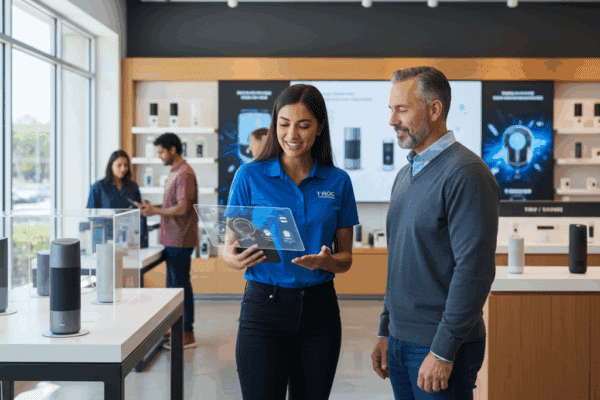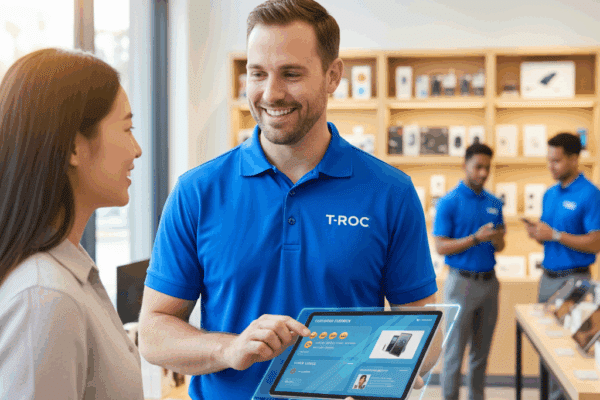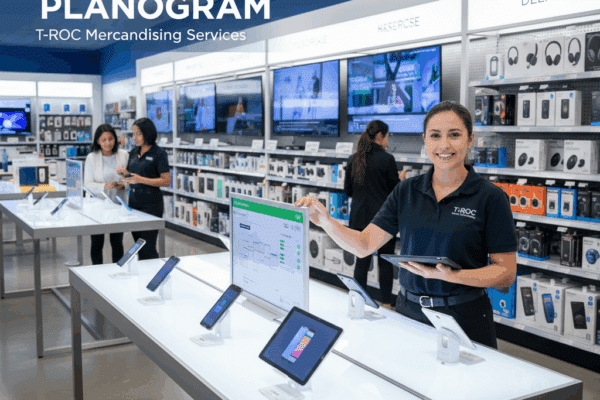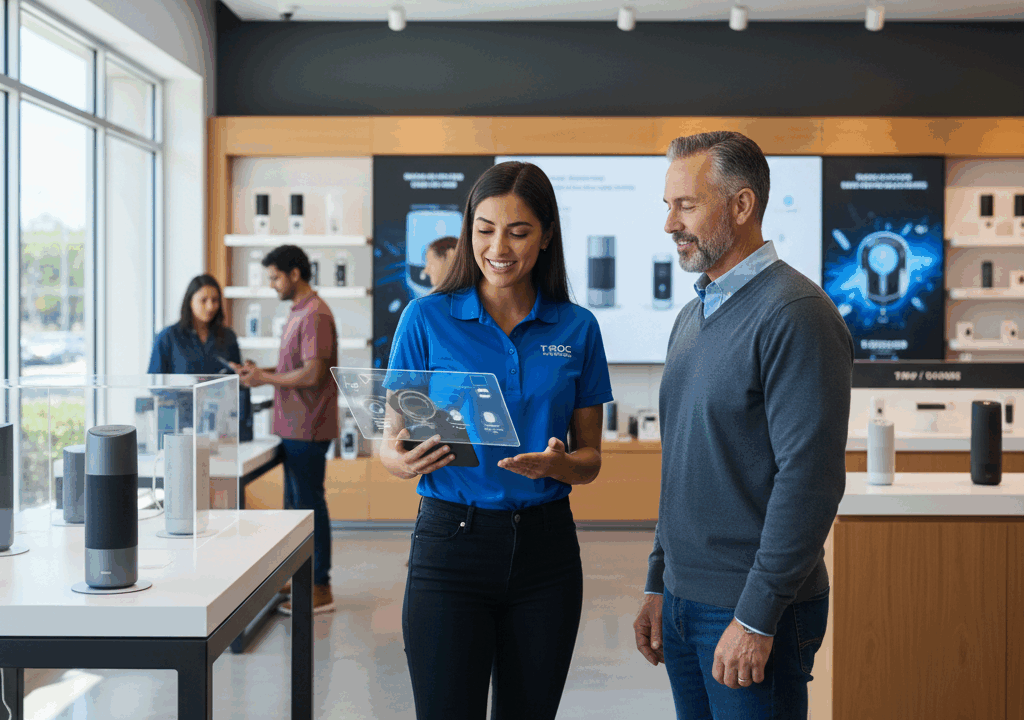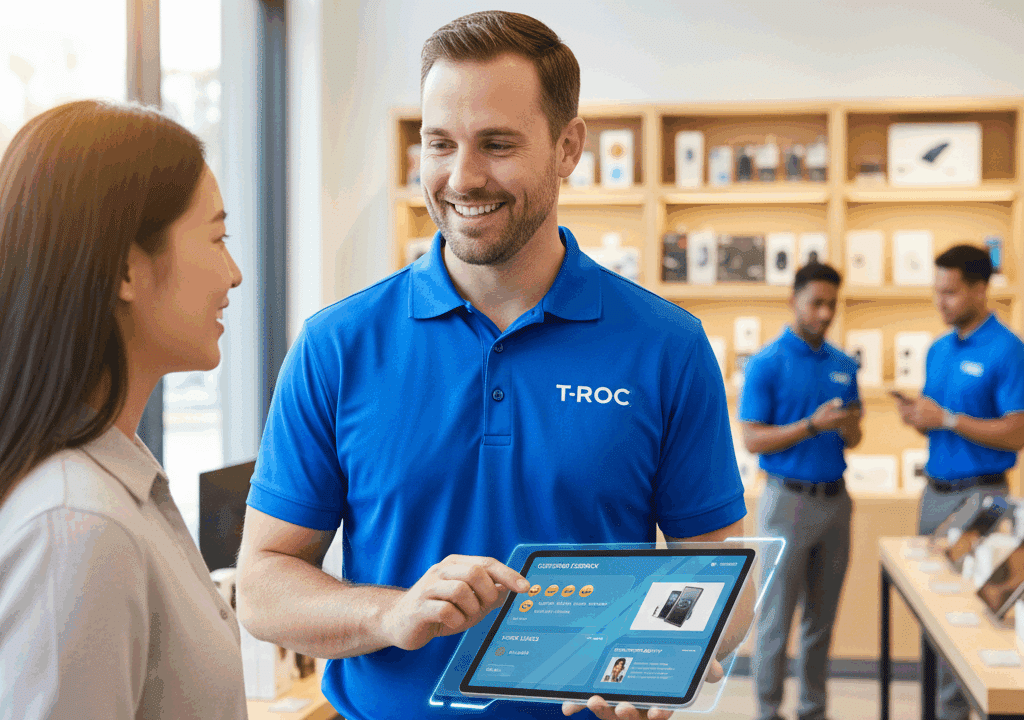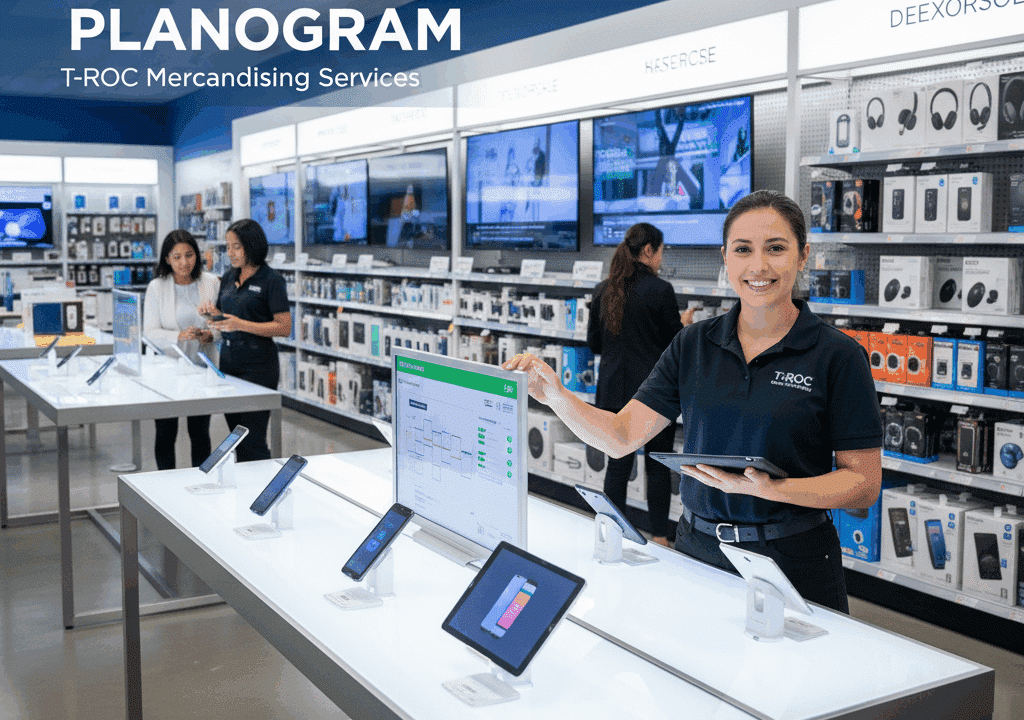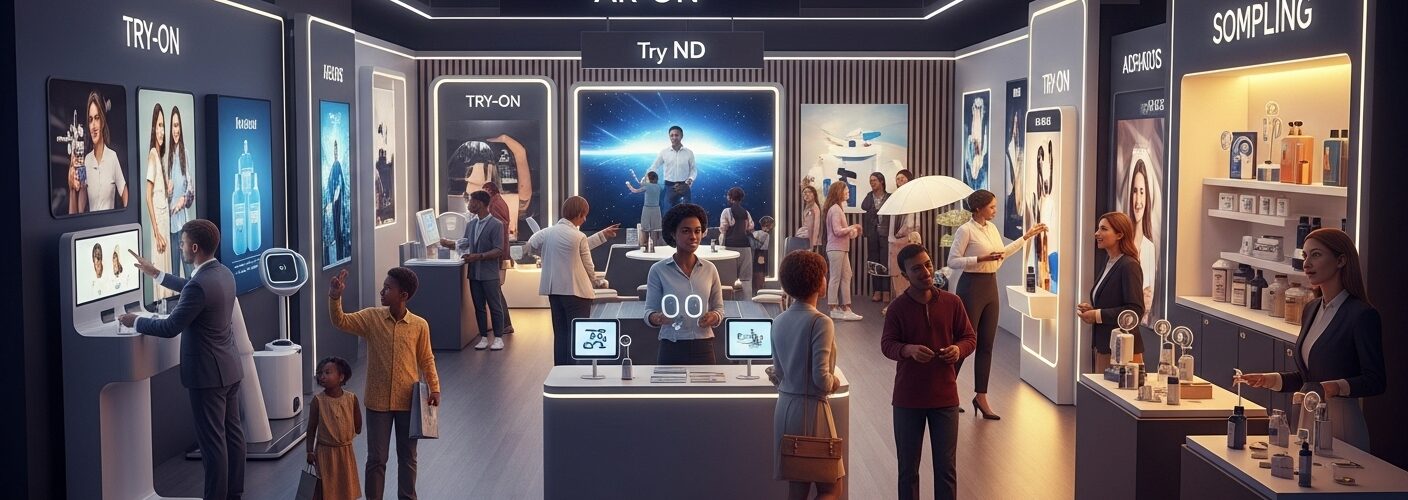
Experiential Retail Pop-Up Events That Connect
Pop-Up Retail That Connects: Why Experience Still Wins in a Digital World
By Brett Beveridge, Founder & CEO, The Revenue Optimization Companies (T-ROC)
Every retailer I meet—whether it’s a global brand or a small local business—asks me the same thing: “How do we stand out when everything is online?”
It’s a fair question.
We’ve built a marketplace where convenience rules. One click, one tap, one-day delivery. But the more digital retail becomes, the more it loses something we can’t afford to forget—human connection.
And that’s where pop-up retail and experiential marketing are rewriting the playbook.
Why the Best Retail Still Feels Personal
I’ve spent most of my career helping brands create experiences that sell—whether through mobile pop-ups, retail roadshows, or in-store experiences that feel alive. What I’ve learned is simple: technology may capture attention, but people close the deal.
When customers walk into a pop-up store or interact with a branded experience, they don’t just see a product—they feel your story. They remember how your space made them feel, not just what they bought.
That’s the real currency of retail today: connection.
What’s Keeping Retail Leaders Up at Night
- Foot traffic isn’t what it used to be.
- Customer loyalty feels fragile.
- Digital ads cost more but convert less.
- Retail labor is harder to find—and harder to keep engaged.
- And it’s tough to know what’s really driving sales.
If that sounds like your world, you’re not alone.
Every brand—from the household names to the up-and-comers—faces the same reality: people have more options and less patience.
That’s why experiential retail has become such a powerful reset button. It gives customers a reason to show up again.
Pop-Ups Work Because They Bring the Brand to Life
Think about pop-up retail like a stage. You have a short window to make an impression, so every detail matters—sound, light, story, and staff.
When it’s done right, retail activations and event marketing programs become more than promotions. They become stories people share.
I’ve seen small brands use temporary retail storefronts to test new markets—and grow faster than they ever could with e-commerce alone. I’ve seen national retailers use venue-based sampling to launch new products directly into customer hands.
And I’ve seen brand roadshows turn into touring retail events that travel city to city, building communities that follow online long after the tents come down.
Whether you’re a legacy retailer or a startup, these short-term formats are powerful because they meet people where they are.
Learn More About T-ROC’s Experiential Retail Solutions
Big or Small, the Rules Are the Same
Here’s what I tell every retail leader I meet:
- Lead with your story. Don’t sell products—invite people into your purpose.
- Design for discovery. Make it easy for customers to touch, try, and ask questions.
- Empower your team. The best experiences happen when associates feel like brand ambassadors, not clerks.
- Capture data ethically. Every scan, survey, and smile tells you something about what matters to your audience.
- Keep testing. Treat each interactive retail event as a live focus group. The insight is just as valuable as the revenue.
It’s Not About Scale—It’s About Strategy
The beauty of experiential storefronts and mobile pop-ups is that they scale to fit your goals.
A global electronics brand might activate 100 events across multiple markets. A local boutique might pop up in a weekend street fair to meet new customers face-to-face.
Both are playing the same game—just at different levels.
Because what matters isn’t how big your activation is; it’s how memorable it feels.
Tech Is the Enabler, Not the Experience
I’m a big believer in innovation—AR try-ons, smart mirrors, mobile checkout, data dashboards. But here’s the truth: technology doesn’t replace experience, it enhances it.
If the people on the floor aren’t energized and the story isn’t clear, no app or display will fix it. The best experiential design happens when digital tools amplify what makes your brand human.
That’s the formula: emotion + interaction + insight.
What Every Retailer Can Learn From This
Whether you’re leading a nationwide rollout or running your first event, the goal is the same: make customers feel something real.
People want to connect with people. They want to be surprised. They want to share experiences that remind them why they love shopping.
That’s what experiential retail, pop-up stores, and customer engagement events deliver better than any algorithm can.
Because at the end of the day, this business isn’t about selling more stuff—it’s about helping people belong to something.
A Thought to Leave You With
If you’re thinking about your next retail activation or event strategy, ask yourself this:
What story do we want people to tell about us when they leave?
That question has guided me through decades in this business. It’s why I believe so strongly in experiential marketing and temporary retail spaces—because when you make people feel something, they’ll remember you long after they walk away.
That’s connection.


